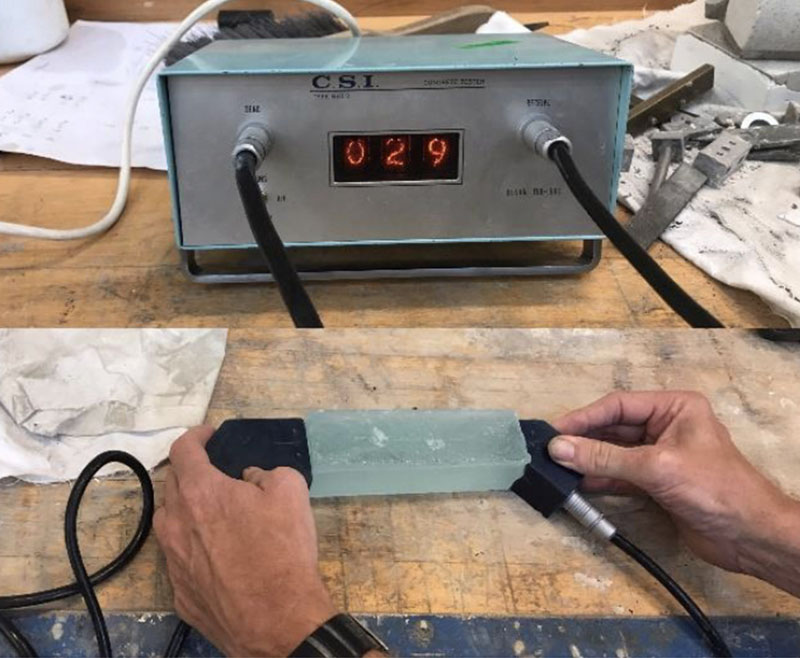The Application of Waste Float Glass, Recycled in Structural Beams made with the Glass Casting Method
DOI:
https://doi.org/10.7480/cgc.7.4775Downloads

Abstract
It is not obvious to talk about glass recycling when we realize that a mature recycling procedure for glass bottles is already working well. However, apart from glass bottles, unfortunately, that a large amount of glass will disappear into landfills. This large quantity of unrecycled glass indicates that there is a large potential in upgrading the glass recycling process. In the field of architecture, we see a fast-growing interest in using glass, also for structures. The glass bricks of Crystal Houses in Amsterdam are a good illustration. Aiming at maximizing the recyclability of glass, this paper focuses on the structural use of the glass components made from recycled glass through kiln casting method. An overview of the existing glass recycling industry is given at the beginning, followed by a discussion of glass type to be recycled. After this the experimental process of the glass recycling is introduced, which uses coated float glass with tints as the basic material to be recycled. Following this, a further exploration in three structural properties of the recycled products is conducted, namely: Young’s modulus, coefficient of thermal expansion and the fracture strength, with mechanical experiments. Finally, the test results are analyzed together with the chemical composition of the recycled products, which is derived from X-ray fluorescence (XRF) analysis. The result contains the value of mechanical properties and it evaluates the possibility of the structural use as a recycled-float-glass beam. In the end of this paper, the future possibility and feasibility in structural application of recycling waste float glass are discussed.
Published
Issue
Section
Numerical Modeling & Experimental Validation
Keywords:
Glass recycling, Cast glass components, Structural glassLicense
Copyright (c) 2020 Rong Yu

This work is licensed under a Creative Commons Attribution 4.0 International License.



